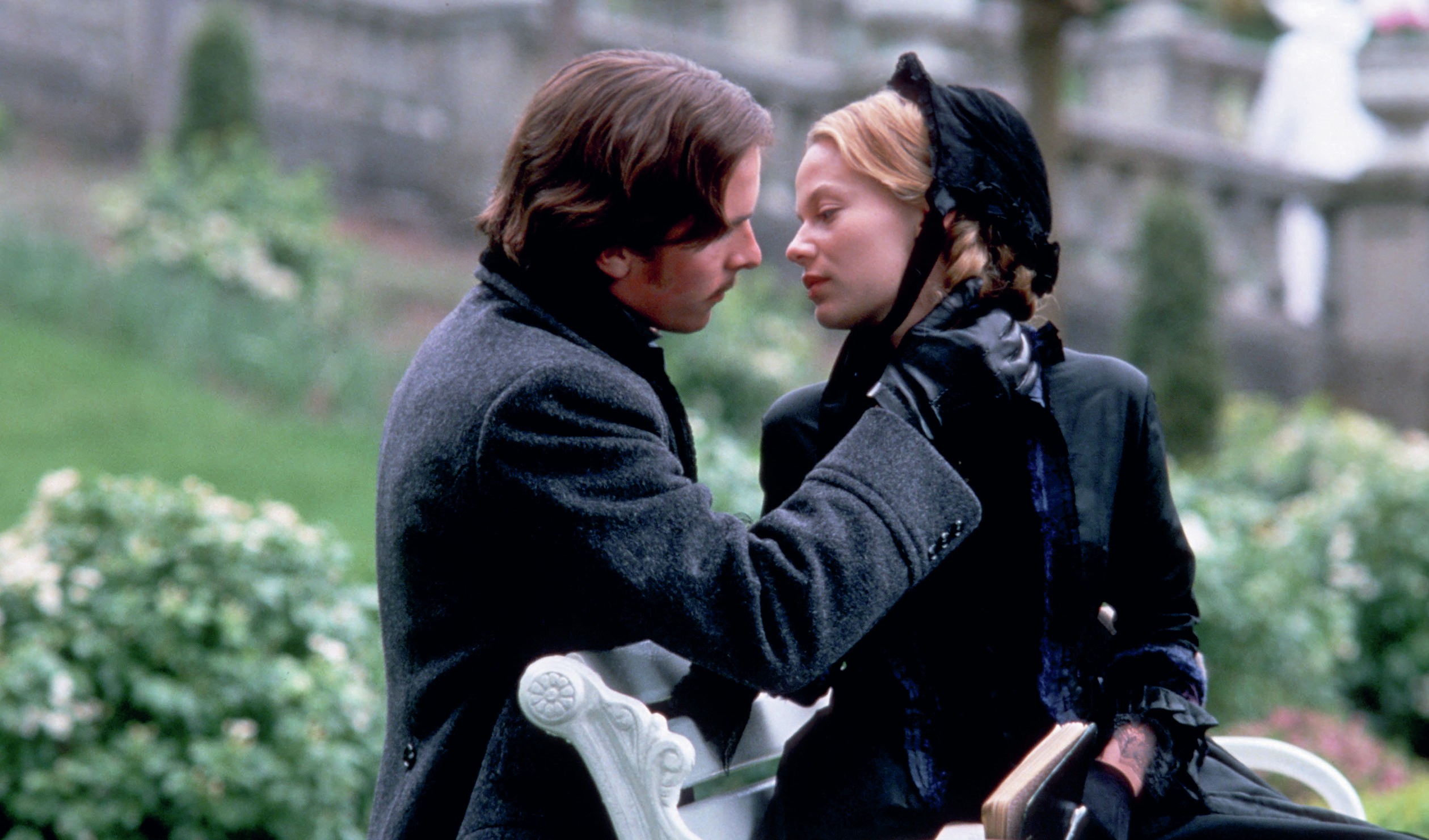
NEA: all exam boards
In Why Women Read Fiction: The Stories of Our Lives, Helen Taylor explores how reading can ‘free us temporarily from the burdens of daily life, to see, explain, and transform our worlds through a literary lens’ (Taylor 2019, p. ix). In Taylor’s fascinating survey of what, how, where and why women read, Louisa May Alcott’s Little Women (1868) emerges as a text that has resonated especially strongly with its largely female readership ever since it was written. The novel once again took its place in the cultural mainstream with the release of writer-director Greta Gerwig’s critically and financially successful screen version in 2019, largely because of the distinctive way in which the film text interweaves the story of the March family and aspects of Alcott’s writing life.
Your organisation does not have access to this article.
Sign up today to give your students the edge they need to achieve their best grades with subject expertise
Subscribe




